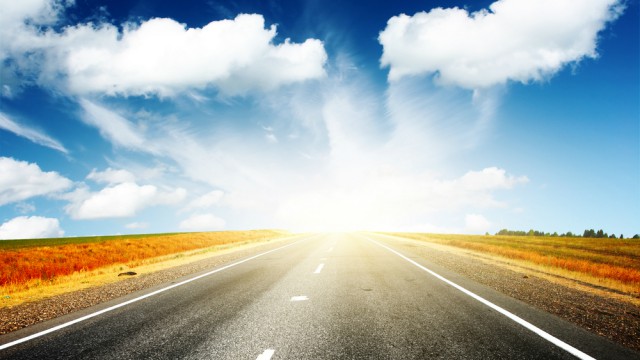
Cloud's a highway, but I hit some speed bumps on the post-PC road
Call me a pioneer. Those who have followed my contributions of late will have noted that I'm somewhat of a post-PC fanatic. I've taken it upon myself to blaze a trail into an IT future that features virtually no Microsoft or Intel technologies. Along the way, I've managed to stitch together a fairly functional post-PC solution. However, my journey has not always been a smooth one, and I will forever carry the scars of slings and arrows gone by.
For example, as I write this I'm sitting in the nearly empty family room of the new waterfront condo my wife and I just bought near Manalapan, FL. And as is often the case with a new property, I have yet to set-up any sort of Internet access -- nor do I plan to do so since we'll only be staying in the property for a few days before returning to Mauritius.

Sorry, Tim Cook, apology not accepted
Apple's CEO is "extremely sorry" about the "frustration" the company's homegrown maps app "has caused our customers". Sorry isn't good enough because it's directed at the wrong place. Apple replaced Google Maps in the newest version of iOS on September 19, and even Cook admits "we fell short on this commitment" to "make world-class products that deliver the best experience possible to our customers". Simply stated: Apple Maps app sucks, but he apologizes about the wrong thing.
Cook's letter of apology should go further and get to the root problem: Why Apple ditched Google Maps in the first place. Before his death, Steve Jobs told his biographer that Google's Android essentially is a stolen product, a copycat: "I'm willing to go thermonuclear war on this". Apple bombs Android competitors with patent lawsuits, risking fallout in the form of legal precedents that could hurt all tech companies. Apple's dumping Google Maps, and also YouTube, from iOS are warfare tactics -- and bigger than copying concerns when looking at local search as future ad revenue opportunity. Apple customers are collateral damage from nuclear fallout that is the new mapping app.

LinkedIn identifies the top-10 endangered office tools and trends
The office workplace is continually evolving. New technologies and trends -- like cloud computing and BYOD schemes -- are becoming more and more popular, but not every firm is willing to embrace the future, and many are stuck firmly in the past.
LinkedIn, the world’s largest social network for professionals, surveyed more than 7,000 members across the globe and asked them which of the current office tools and trends they expect to be extinct in five years’ time, combining the answers to produce the following top 10:
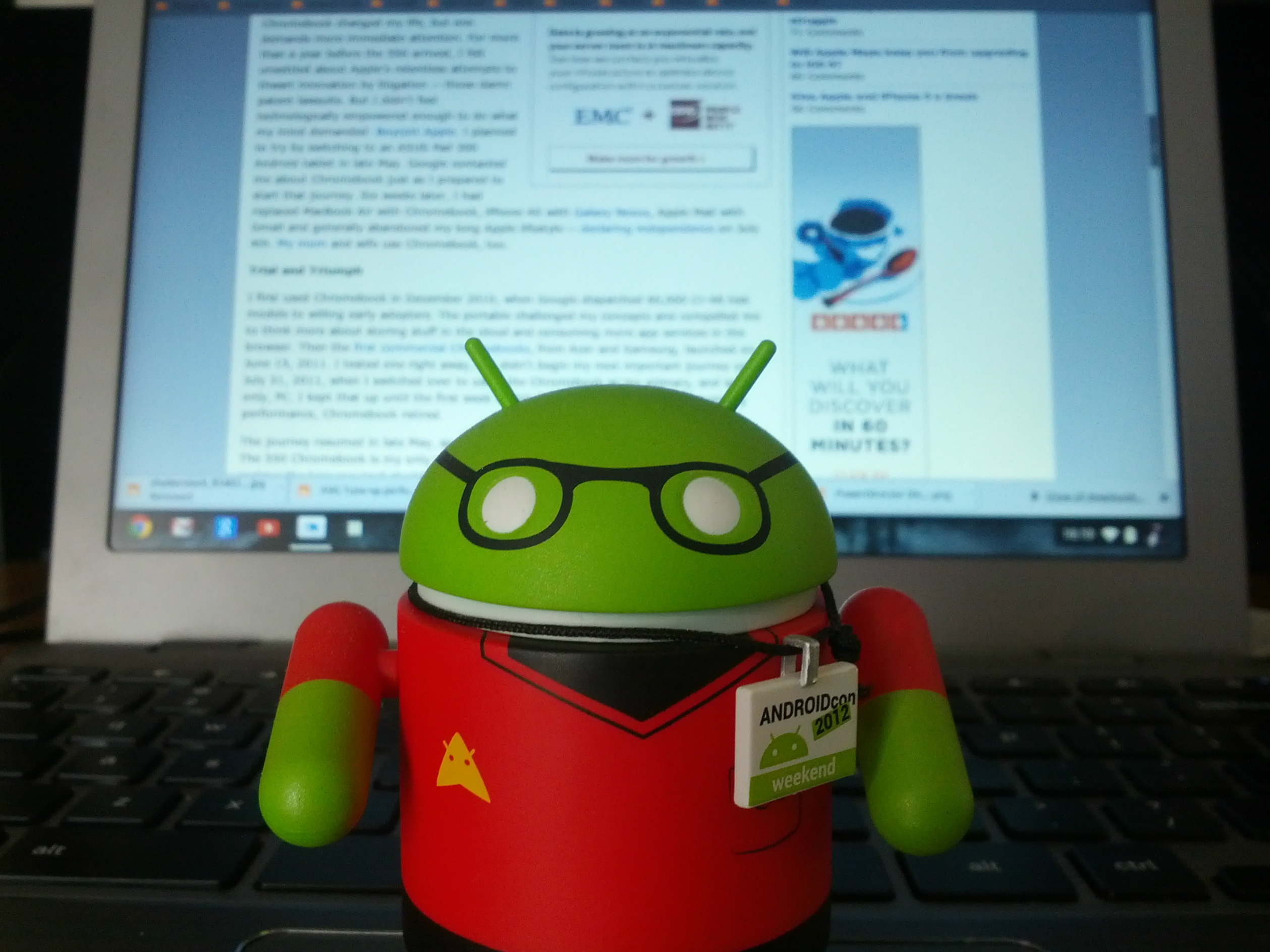
Chromebook changed my life
Four months ago, I put aside (and later sold) MacBook Air for the Samsung Series 5 550 second-generation Chromebook and never looked back. They say three times is a charm, and that proves true with my third foray using a laptop running Chrome OS. The first two proved life-changing, as I adopted a partial cloud computing lifestyle. Now I live a vigorous, charmed cloud life, which includes Android embrace.
Chromebook isn't easy, because it demands a thinking reset. I had to put aside concepts about everyday computing, fear of losing Internet connection and perceptions about hardware configurations and what's good enough performance value. Something else: When I started this journey, in December 2010, Chrome OS wasn't good enough, because there weren't enough supporting cloud apps. That has changed dramatically, because of Chrome Web Store and how much desktop-like utility Google now brings to cloud services like G+ or YouTube.
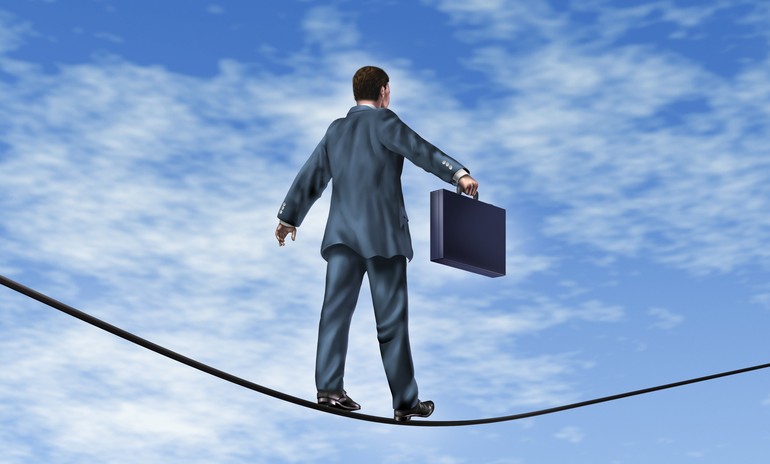
10 issues that erode cloud confidence
Cloud computing is finally beginning to mature to the point where it’s an attractive proposition for an increasing number of enterprises and small businesses, but even so many firms are still very hesitant to make the move online.
A new study jointly undertaken in the second quarter of 2012 by the Cloud Security Alliance (CSA) and ISACA identifies 10 key concerns perceived to limit acceptance and reduce the benefits of cloud computing. The Cloud Market Maturity study, which can be read in full here, surveyed more than 250 cloud users, providers, consultants and integrators from nearly 50 countries, and highlightes the following points as being the areas where confidence is weakest:
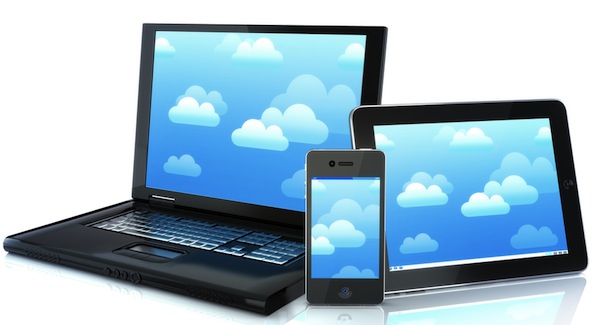
PC is no longer personal computer
Do you own a Windows laptop, iPad and Android smartphone? Welcome to the post-PC era, which transition IDC describes as "profound". During second quarter, smartphones and tablets commanded 69 percent of smart device shipment share, dwarfing PCs.
"Recent shipment data clearly demonstrates that we have fully entered into the multi-device era, where individuals are buying and using multiple devices per person, most often with different combinations of operating systems", Bob O'Donnell, IDC vice president, says. "The implications of this development on application developers, device makers, Web service providers, businesses and even individuals is profound".

It’s not you, soldier, it’s the lag
If you are a serious gamer you need LagBuster.
Lag is mainly upstream (you to the game server), while bufferbloat is mainly downstream (video server to you). Bufferbloat is caused by large memory buffers in devices like routers and in applications like media players messing with the native flow control in TCP/IP. We add buffers thinking it helps but instead it hurts. Something similar happens with lag but it tends to happen at the point where your 100 or 1000 megabit-per-second local area network meets your 3-25 megabit-per-second DSL or cable Internet connection. Lag is caused by congestion at that intersection. You can tell you have lag when you can’t seem to be able to aim or shoot fast enough in your shooter game. It’s not you, soldier, it’s the lag.

Who puts faith in Apple, who in Google
Some companies really know how to maximize marketing, and drive up their share price in the process. In March, Apple used a countdown clock to boast about 25 billion App Store downloads. Google's mobile store reached the same number this week, announced with little fanfare today.
Apple shares traded for about $531 then, but rose sharply following the app milestone and thereafter fairly consistently in the wake of a series of well-marketing managed announcements or product releases, topping $700 this month. There are daily reports across the InterWebs about record share price. Meanwhile, more meager marketer Google, which share price also flies record high this month -- above Apple, at $764.89 peak -- is largely ignored. Perhaps pro-Apple bias contributes to the silence? Whatever, Google has big numbers of its own.

So long robot, I'm ditching Android
Dear Google, that's it! I've had enough! Enough of the random lockups and reboots. Enough of the buggy browser and convoluted multitasking. Enough of Android!
Google, I've given you a fair shot. I drank the Kool-Aid. I joined the Android Army. And I wore my green robot tattoo thingy with pride. However, I could never shake the feeling that I've been running with the wrong crowd.
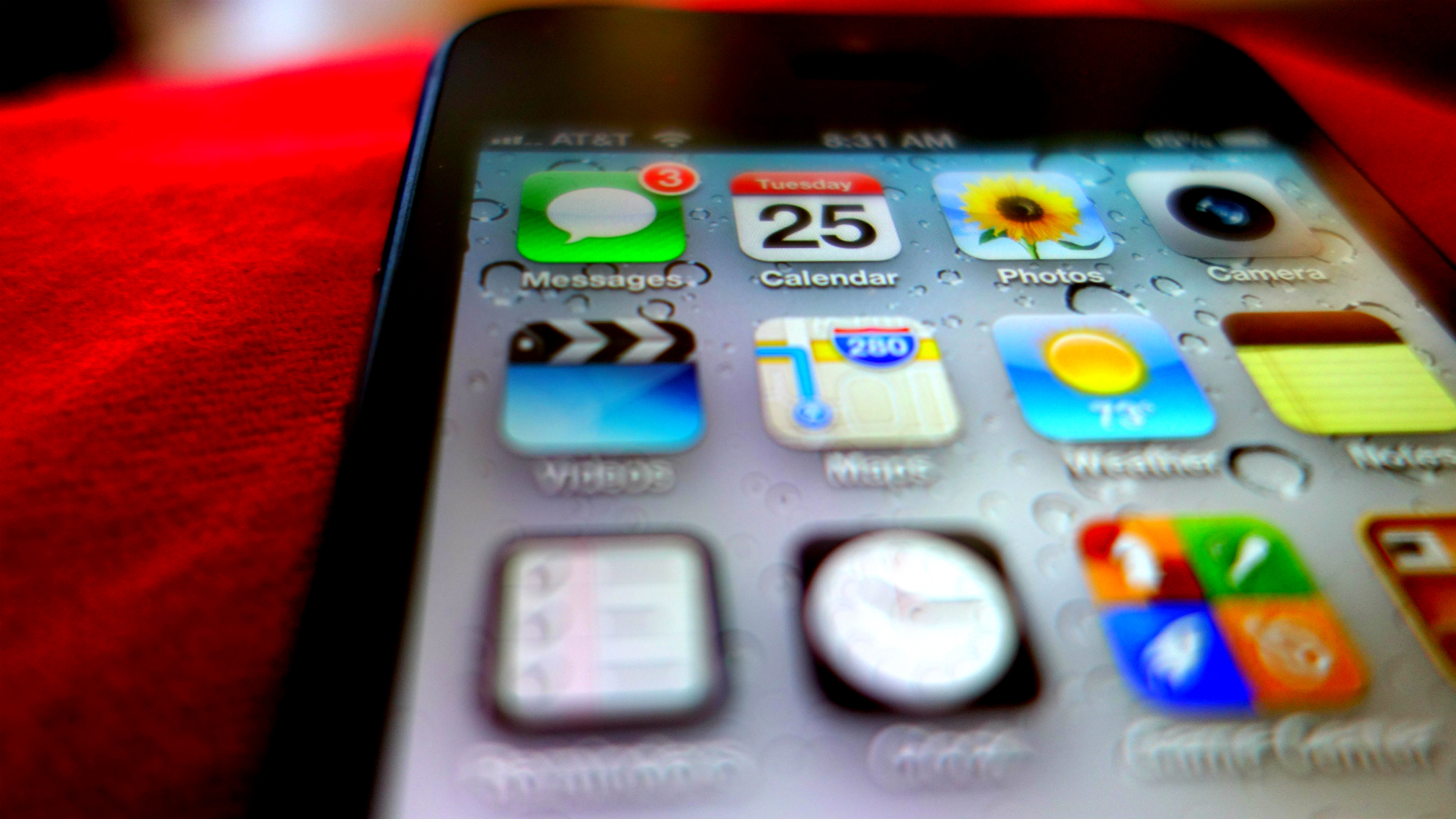
Is iPhone 5 right for you? [review]
Based on some quick testing, I can confirm the expected: iPhone 5 is best for someone already living the Apple lifestyle, being invested in companion products or services, including (and perhaps particularly) iCloud. iPhone 5 is also excellent choice for someone migrating from a feature phone. Flip and brick phone users will amaze at the handset's thinness, lightness and marvellous features.
I'm convinced Apple has two main target markets for iPhone 5: People with older models and those migrating from dumb phones, and there is a whole lot of the latter. Smartphones accounted for just 36.7 percent of all handset sales in second quarter, according to Gartner. The global market growth potential is yet huge.
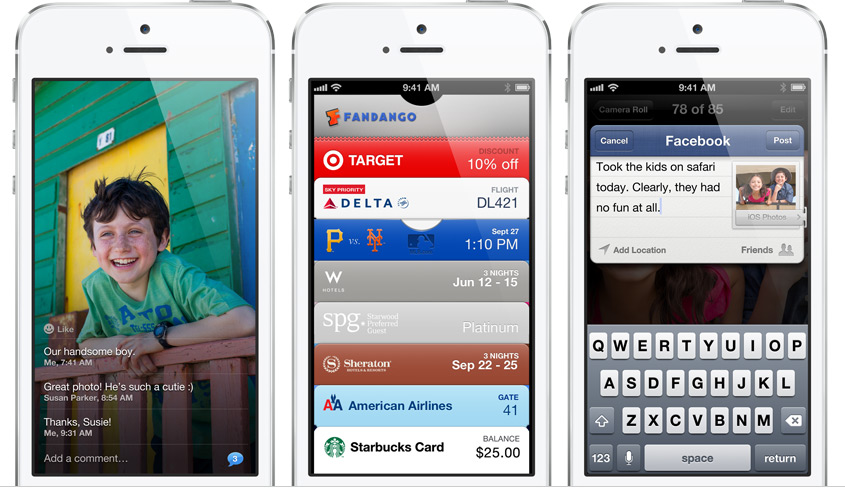
iPhone 5 first-impressions review
On Friday, FedEx delivered a pair of his and hers iPhone 5s to my home, which was much better than waiting in line outside Apple Store.
Apple says it sold 5 million units over the launch weekend. I can claim two of them.
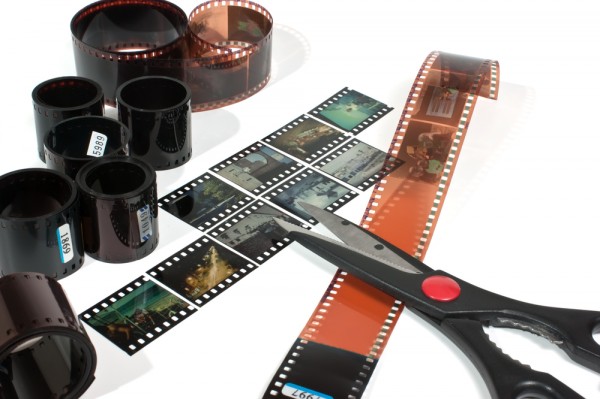
CyberLink PhotoDirector 4 Ultra review
PhotoDirector 4 is CyberLink’s answer to the digital darkroom question. In this age where people regularly snap dozens of photos in a single sitting, digital photography tools have to offer more than just editing features. PhotoDirector follows in the footsteps of Adobe’s Photoshop Lightroom in offering organzation, adjustment, editing and sharing tools in a single package. In fact, with its editing tools, PhotoDirector goes beyond Photoshop Lightroom to venture into Photoshop Elements territory.
Version 1 debuted less than two years ago, yet thanks to its rapid pace of development, here we are with version 4. Not only does it debut some major new tools, including a stunning content aware removal tool and body shaper, but PhotoDirector 4 marks the app’s debut on the Mac platform too. With so many new features to check out, we took this brand new version for a test drive to see if it lives up to its new “Ultra” moniker.
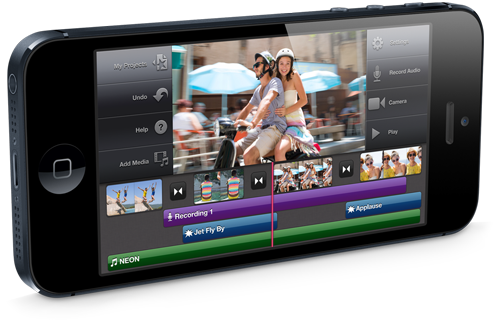
I want nothing to do with iPhone 5
Apple's new iPhone 5 is now available, and I want nothing to do with it. Ever since the September 12 debut, I have wondered why anyone would want to buy the Apple smartphone, and quite frankly I could come up with only one reason -- because it's a new iPhone. For that privilege, on Friday, people queued up outside Apple Stores, from Australia to United States.
Some people started lining up days before miracle device that is known as the iPhone 5 went on sale, which makes no sense to me. I clearly expressed my disappointment a day after the announcement, and knowing what is in store (pun intended) I asked myself: "Why would I want to queue for it?"
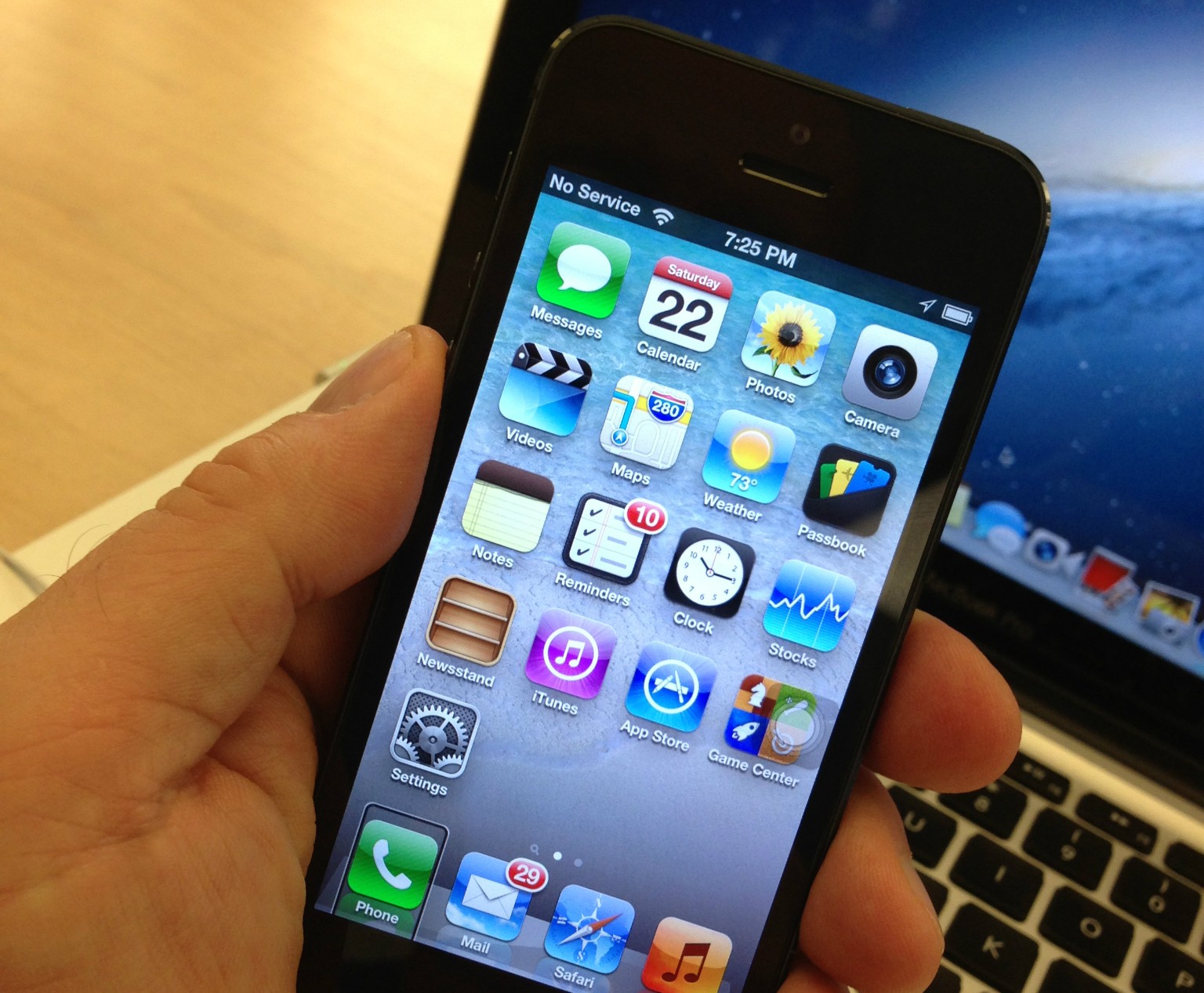
Give Apple and iPhone 5 a break
iPhone 5 is not a revolutionary device. Does it really need to be? No. Despite the geek freak-out that iPhone 5 isn't innovative enough, I don't doubt the handset will sell really well. What matters: Is it better enough? From my first impression, playing with one inside Apple Store, yes. More importantly, the device will be better enough for many people moving from feature phones to smartphones but shocked by the huge physical size of other devices.
Apple already has a successful post-PC product and supporting ecosystem of applications, cases, peripherals and other stuff. iPhone 5 isn't the be-all, end-all Apple cloud-connected device but the flagship in a platform continuum. Why else, for example, would the company also offer iPhone 4 (free) and iPhone 4S ($99)? iPhone 5's challenge is to be better enough, and if it's not for some buyers -- say, either the 4 or 4S is good enough -- older models are still available for less. To understand what iPhone 5 is not, you need to understand what Apple is and why the new handset actually is more than upgrade enough.
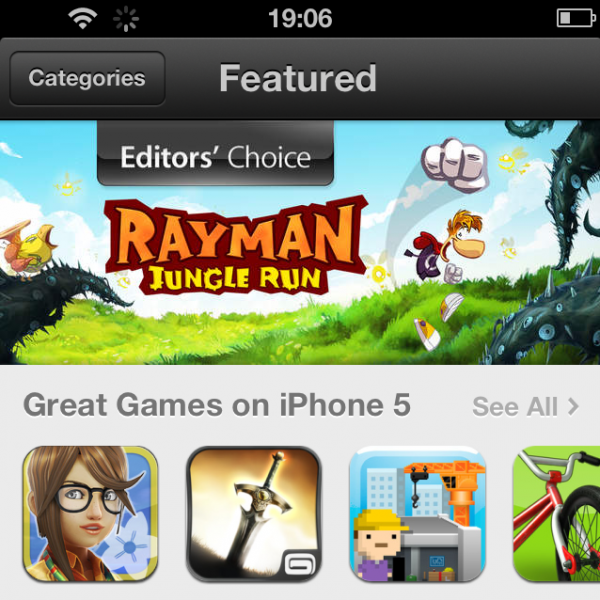
Six things that bug me about iOS 6
If you have a newish iOS device -- whether it’s iPhone, iPad or iPod touch -- there’s a good chance you have already upgraded to iOS 6 and are using it now. According to a study by Chitika some 15 percent of users with a compatible device upgraded in the first 24 hours, and that figure will likely have at least doubled by now, a couple of days later.
Apple says iOS 6 has 200 new features, and while some of them are very useful inclusions, such as Facebook integration throughout, and Shared Photo Streams, iOS 6 isn’t the dream operating system it could have been. In fact, it’s hard to imagine Steve Jobs would ever have allowed it to have been released if he were alive today. Here, in no particular order, are the areas where I feel Apple could have tried harder. Yes, based on my real-world experience, and regretful iOS 6 upgrade.
